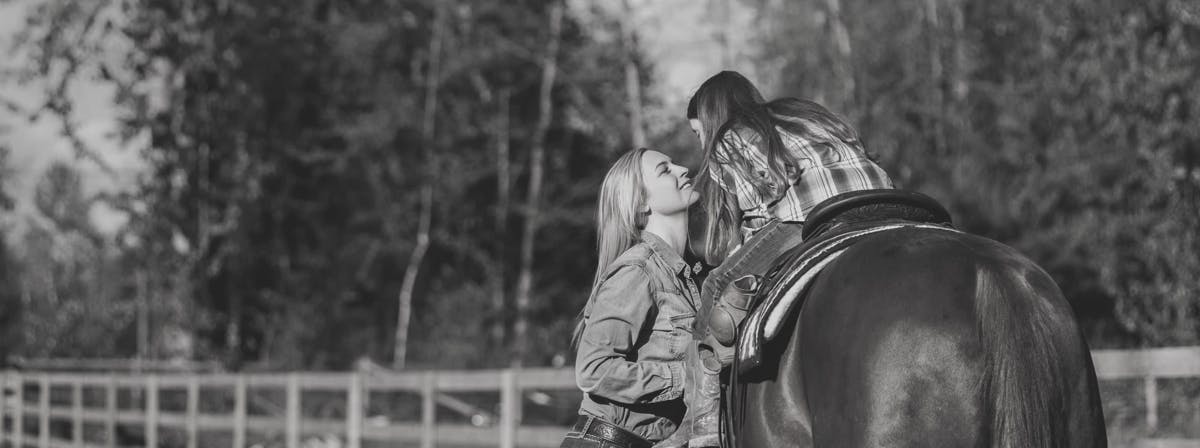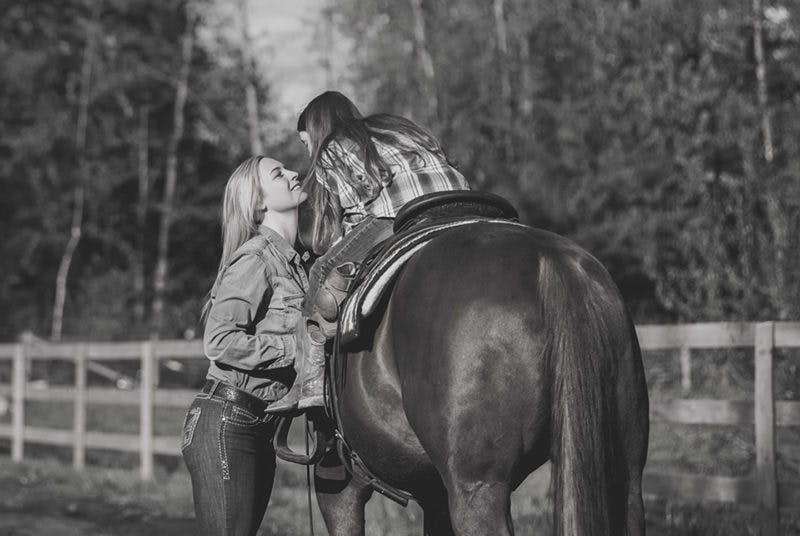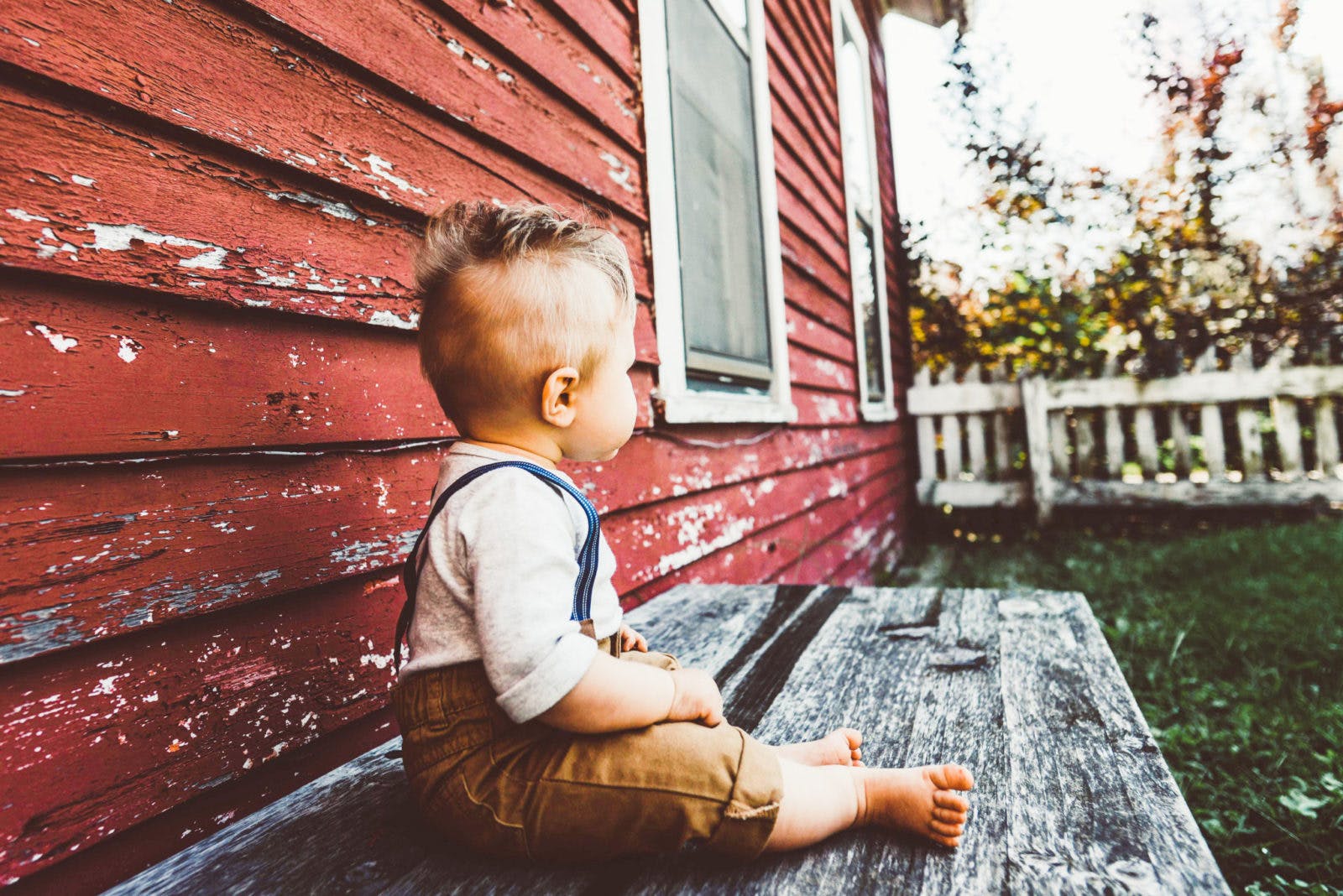Creating sustainable systems – the heart of permaculture, or “permanent agriculture” – might just be the thing that can restore our planet. However, if that is ever to become a reality, the next generation must be our main focus. Teaching kids how their choices impact our earth and ultimately, how they can be drivers of environmental change is a powerful lesson.
So how can we teach kids to design systems in a generative, holistic, and ethical matter? How do we instill the core principles of permaculture – drawing patterns from nature, limiting consumption and pollution, and caring for the planet as well as its people – in them?
While it is true that most young children will not immediately grasp the full concept of sustainability, getting them into the habit of practicing its values is easier than you might imagine. When you break it down into kid-friendly lifestyle changes, activities, and lessons, teaching kids about permaculture is a totally accomplishable feat.
Read on to learn more.
How To Teach Kids About Permaculture and Sustainability
Step 1: Start with Curiosity (Observation and Awareness)

As eager as your kids may be to try out the fun activities, it’s important to have them observe first.
Before interacting with the environment and creating solutions, remember that permaculture is about implementing systems that mimic those found in nature. To do this, kids have to be informed and aware of what’s happening. Start off by sparking curiosity and generating awareness about the natural world. Plan ‘field trips’ to parks and trails, natural science museums, farms, and WOOFING sites to get children exploring.
Tip: Especially in an age of technology, fast-paced games, and hyper-stimulation, you may have to teach kids to harness their focus and attention. Help them slow down by incorporating mindfulness and meditation practices.
The better children learn to be in tune with their environment, the more they will absorb the activities and experiences they are involved in!
Of course, you probably won’t be able to experience all of these directly. Supplement learning with educational resources such as books, magazines, documentaries, Youtube videos, and news sites tailored to kids.
In addition, get kids used to documenting and sharing their observations, thoughts, and questions. This can be in the form of journals, reports, drawings, photos, notes, and discussions. You can also encourage them to reinforce what they’ve learned by having them explain it to their friends or back to you for feedback.
The most important thing is to make the kids’ learning engaging and to reward them for their participation early on. Doing this will keep them motivated and continue to grow their interest in permaculture.
Step 2: Get Their Hands Dirty (Skills and Activities)

Now is where the fun part begins. Once kids understand more about sustainability, they’re ready to get their hands dirty with cool projects and activities! Here’s a list of things to get you started:
- Gardening
Planting a small backyard garden is a great way for kids to observe the life cycle of plants and agriculture first-hand. Plus, they will enjoy eating fruits and vegetables they helped grow themselves!
- Recycling
Teach little ones to recycle by having them sort through used materials and cleaning or prepping them for crafts or art projects. Some recycling plants also offer tours so kids can get a behind the scenes look at the process.
- Composting
Don’t let food scraps go to waste! Pair composting with gardening to
demonstrate the natural decaying process and how it’s beneficial for plants.
- Animal/Pet Care
Part of caring for the planet is caring for its creatures as well. Pet or animal care also teaches kids responsibility for another life. Whether you have livestock on your property or just a pet cat and dog, you can show kids to look after them in a conscious way.
- Collecting Rainwater
Show on a small scale how water is collected and harvested for use. It’s a good opportunity to teach children about gathering and conserving renewable resources.
- Experiments
Natural science experiments hone kids’ observational, researching, and critical thinking skills while reinforcing learned concepts. They also show them how to apply scientific methods for problem-solving and designing systems. And they’re really cool to watch unfold!
- Go Outdoors
This one is easy. Just let your kids play and explore outside to encourage connecting with nature and friends.
- Clean-up
Restoring the planet is also a key aspect of permaculture. Participating in community clean-ups reduces the impact of harmful waste on the environment.
- DIY Resources
Have the family DIY their own resources such as cleaning products and personal care items for a fun activity!
Tip: Don’t hesitate to get take suggestions and ideas from your kids – it encourages their creative thinking skills. (And it might give you a laugh at what they come up with!)
Step 3: Be an Example (Incorporate Lifestyle Changes)

Kids naturally pick up what their role models around them are doing, so set an example by incorporating lifestyle changes that align with permaculture values.
Which everyday habits help contribute to these goals?
For instance, adopt practices like minimalism to reduce excess consumption and zero waste tp minimize pollutants. Or consider making more mindful purchases and shopping for ethically-sourced and fair trade goods.
Create a plan that will help both you and your kids integrate sustainability consistently, then improve upon it as you go along.
By doing so, each responsible choice you make teaches these principles to your kids – making it that much easier to raise a future eco-conscious generation.
Teaching kids about sustainability not only improves the world around us but them as well.
If we focus on the three core ethics – 1) Limit pollutants and waste 2) care for the planet, and 3) care for people – that goal will be reached.
Along the way, we cultivate a generation who are environmentally aware, problem-solvers, and equipped to create lasting change. And if permaculture is all about designing generative, eco-friendly systems and solutions, then who knows? Our kids might be the ones to save the planet after all!
Thinking of buying or selling real estate in the Fraser Valley? Let’s talk!



